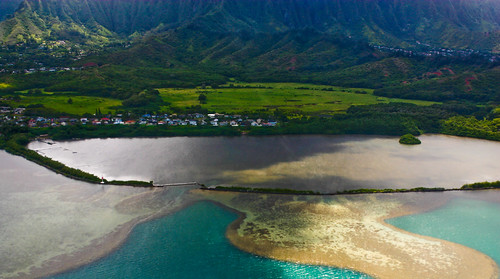


Ever wonder how those predators have so much control over your ecosystem’s dynamics??
Feeling at the bottom of those top-down effects?
Thalameda got you in a crabby mood over missing enfauna?
Are pesky tilapias burrowing into your sites something that you JUST DON’T DIG?!
Introducing the new MegsPEX cages!! Handcrafted in Hawai’i and now available in sets of 72*.
These cages are guaranteed to produce HARD CORE results! MegsPEX cages can measure density, abundance, diversity, and biomass!!**They can help you determine top-down effects of crabs, eels, and fish on your local enfauna! What’s the CATCH?! NOTHING!!!
But wait, there’s more!! Order now and you’ll also receive 24 limited edition CAGE-CONTROL CAGES (CC Cages)! guaranteed to let you know if the presence of the cage itself actually makes a difference!! Simply compare these CC cages to your empty plots and if there is a significant difference in biomass, YES! The presence of your cages DO have an effect on predation! But if these CC cages produce similar biomass results to your empty plots, the presence of these cages DO NOT have an effect on predation!!
Hahahaha…how corny is this
P.S. Sherril and Kirsten began constructing markers out of three foot poles to sample sites for Sherril’s project at Coconut Island. She will use a twelve-sided dice as a random number generator to randomize direction on numbered discs, in order to find out the variability across the landscape. She intends to measure levels of pH and dissolved oxygen in various canopies (Gracillaria, Padina, and bare canopies) and sediment to determine the differences in the type of canopy or the significance of a canopy’s presence.
FROM TOP TO BOTTOM:
-Chris and Tiana clearly have come to grips with their craft, while panel member Leila screens for quality (top-down) control
-Martin, are you cutting corners again to get the job done? Seasoned veteran Sawako has already earned her stripes in LAIP cage matches
-If this picture was worth a thousand words, here are but a few appropriately fitting morsels: pre-meditating, parsimonious, turquoise (3x), hidden random number generated directional disquette, and polarity (27x)
*Sets of 72 includes 24 “no cage” cages i.e. empty plots, an essential component of MegsPEX cages instrumentation.
**results are subject to laboratory measurements. lab instruments not included.
















